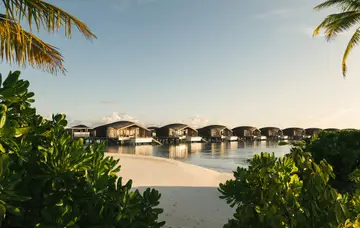Phuket is home to over 415,000 people with a majority of the population being ethnic Thai Buddhists. There are also Muslims of mostly Malay descent, Chinese, and a small number of Sea Gypsies who were the original inhabitants of the island. Like the rest of Thailand, the people of Phuket are friendly and hospitable so expect to be greeted with smiles everywhere you go.
Phuket has a diverse culture as can be seen in the various festivals on the island:
- The Songkran water festival in April.
- Loy Krathong festival, celebrated on the full moon of the 12th Thai lunar month (end of October to early November) by releasing floating offerings on the water to bring good luck for the year to come.
- Chinese New Year.
- The Phuket Vegetarian Festival held in end of September to early October, where the Chinese population eat a vegetarian diet for nine days as a form of fasting and purification.
- Phuket King's Cup Regata, a yacht race held every December.
History
Phuket was formerly known as Thalang. This name was derived from the word "telong" which means cape in old Malay. In fact, the northern district of Phuket which used to be the old capital still uses this name. To the West, it was known as Junk Ceylon or Junkceylon. You can still find this name today at Phuket's own Junkceylon Shopping Mall and Night Market.
In Western documents, Phuket Island, or Thalang was already a regular destination port for trading vessels in 16th century. It has continued to be a hot location for traders from the Dutch, English, and French, to being targeted by a failed Burmese invasion in 1785.
Points of Interest
Visitors come to Phuket for the beautiful beaches with Patong, Karon, Kata, Bangtao, and Kamala being the popular ones. While the best time to visit Phuket is during the dry months, there are other attractions that you can enjoy without worrying about the weather.
Phuket has quite a number of cultural attractions. In fact, Thalang Road in the centre of Phuket City has been recognised as a UNESCO heritage site. In the city, you can visit traditional buildings including the Thai Hua Museum, Blue Elephant Restaurant, and Baan Chinpracha House Museum. You can also visit the Phuket Pearl Farm, one kilometre off the east coast, the Wat Chalong temple, and The Phuket Big Buddha.
With beautiful beaches and waters, friendly people, and cultural attractions, Phuket is a versatile island destination with so much to offer.

















